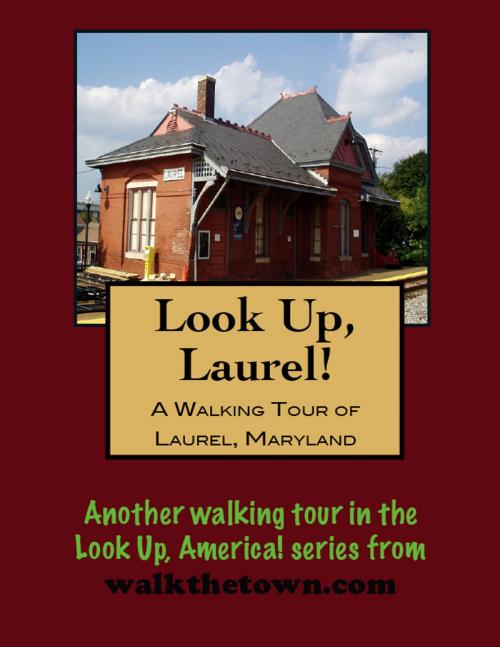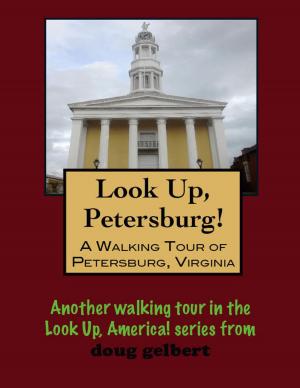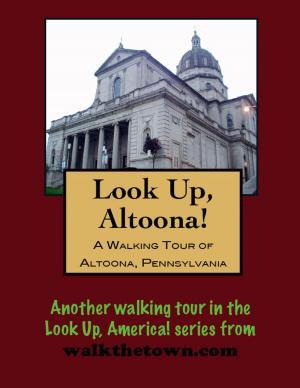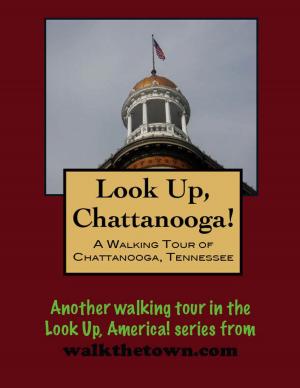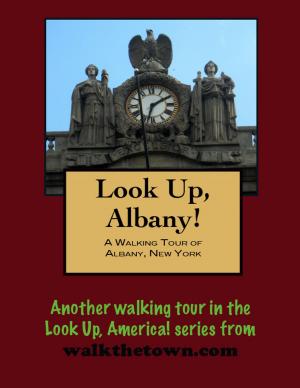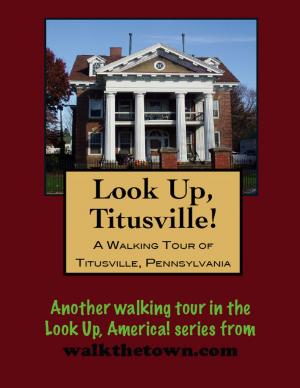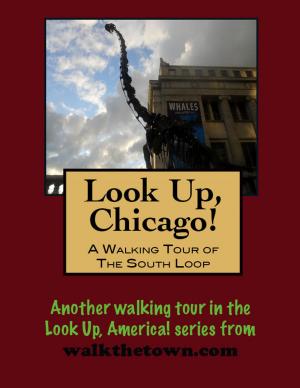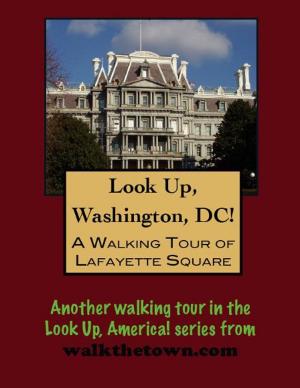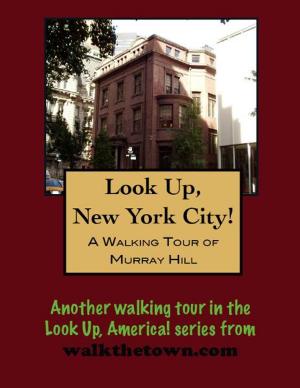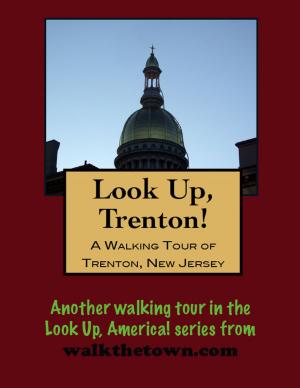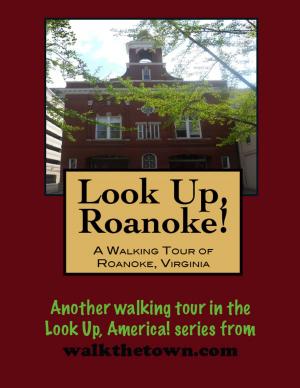| Author: | Doug Gelbert | ISBN: | 9781458047939 |
| Publisher: | Doug Gelbert | Publication: | March 4, 2011 |
| Imprint: | Smashwords Edition | Language: | English |
| Author: | Doug Gelbert |
| ISBN: | 9781458047939 |
| Publisher: | Doug Gelbert |
| Publication: | March 4, 2011 |
| Imprint: | Smashwords Edition |
| Language: | English |
There is no better way to see America than on foot. And there is no better way to appreciate what you are looking at than with a walking tour. This walking tour of Laurel, Maryland is ready to explore when you are. Each walking tour describes historical, architectural landmarks, cultural sites and ecclesiastic touchstones and provides step-by-step directions.
Every tour also includes a quick primer on identifying architectural styles seen on American streets.
There was no romance involved in the naming of Laurel. Located on the fall line of the Patuxent River, the water powered an 1811 grist mill on the Patuxent River grew into a bustling cotton mill buzzing with hundreds of workers. So the town was called Laurel Factory, in recognition of its status as a mill town. The Washington Branch of the B&O Railroad arrived in 1835 and within a decade two large factories – the Patuxent Factory and Avondale Mill - had been built here employing between 700-800 operatives. The firm also constructed fifty blocks of two-story stone and brick houses for these workers, many of which are still standing.
After the Civil War, the fortunes of America’s cotton manufacturers waned and shifted. During this time the mill closed, was sold, and reopened. Steam arrived and broke the bonds to energetic streams like the Patuxent; factory owners could locate closer to sources of raw materials or affordable labor. The main cotton mill had closed for good by 1929; the Avondale Mill struggled on a bit longer.
As the most important town in Prince George’s County by the 1870s, Laurel began to move past its days as homes for mills and shed the “factory.” On June 14, 1875, the town name was shortened to Laurel. During this period Laurel was an economic and cultural center for the surrounding area that remained largely rural. Laurel is the site of many Prince George’s County firsts, including the first public library, first public high school, and first national bank. Laurel can also boast of Prince George’s County’s oldest continuously operating volunteer fire department, formed after a fire devastated the downtown in 1899.
The 20th century found Laurel morphing into a bedroom community for Baltimore and the soon-to-explode District of Columbia metropolis. Commuters could hop on a trolley every half-hour at Sixth Street and Main to reach the big city. By 1960 more than half the population held a government job.
Our walking tour will start at one of those iconic brick houses built for 19th century mill workers that now serves as the town museum. In its heyday, it was just downstream from the dam that powered the mill that drove the town but today is just a sleepy corner of Laurel by the river...
There is no better way to see America than on foot. And there is no better way to appreciate what you are looking at than with a walking tour. This walking tour of Laurel, Maryland is ready to explore when you are. Each walking tour describes historical, architectural landmarks, cultural sites and ecclesiastic touchstones and provides step-by-step directions.
Every tour also includes a quick primer on identifying architectural styles seen on American streets.
There was no romance involved in the naming of Laurel. Located on the fall line of the Patuxent River, the water powered an 1811 grist mill on the Patuxent River grew into a bustling cotton mill buzzing with hundreds of workers. So the town was called Laurel Factory, in recognition of its status as a mill town. The Washington Branch of the B&O Railroad arrived in 1835 and within a decade two large factories – the Patuxent Factory and Avondale Mill - had been built here employing between 700-800 operatives. The firm also constructed fifty blocks of two-story stone and brick houses for these workers, many of which are still standing.
After the Civil War, the fortunes of America’s cotton manufacturers waned and shifted. During this time the mill closed, was sold, and reopened. Steam arrived and broke the bonds to energetic streams like the Patuxent; factory owners could locate closer to sources of raw materials or affordable labor. The main cotton mill had closed for good by 1929; the Avondale Mill struggled on a bit longer.
As the most important town in Prince George’s County by the 1870s, Laurel began to move past its days as homes for mills and shed the “factory.” On June 14, 1875, the town name was shortened to Laurel. During this period Laurel was an economic and cultural center for the surrounding area that remained largely rural. Laurel is the site of many Prince George’s County firsts, including the first public library, first public high school, and first national bank. Laurel can also boast of Prince George’s County’s oldest continuously operating volunteer fire department, formed after a fire devastated the downtown in 1899.
The 20th century found Laurel morphing into a bedroom community for Baltimore and the soon-to-explode District of Columbia metropolis. Commuters could hop on a trolley every half-hour at Sixth Street and Main to reach the big city. By 1960 more than half the population held a government job.
Our walking tour will start at one of those iconic brick houses built for 19th century mill workers that now serves as the town museum. In its heyday, it was just downstream from the dam that powered the mill that drove the town but today is just a sleepy corner of Laurel by the river...
